-
Posts
1,275 -
Joined
-
Last visited
-
Days Won
18
Content Type
Profiles
Forums
Blogs
Gallery
Events
Store
Posts posted by Komtur
-
-
-
-
-
As stated before by waldo
(1) the before golden parts of Bavarian orders were made after 1916 of gilded silver
(2) the widened frame of the lower arm backside was used as a simple identifying sign for gilded orders
(3) the medaillon of the 4th classes of the Bavarian Militärverdienstorden were made of gold until 1916.
Therefore a 4th class of this order had to be produced after 1916 with silver gilded medaillon and with a widened frame of the lower arm backside.
This can be illustrated by the award of a 4th class with crown and swords to Walter Eucken, who got this decoration on 28th of September in 1918. The order on his medal bar is made, as we could expect it.
3 -
5 hours ago, v.Perlet said:
... These pictures do show the separate flames clearly, but both crosses are not in gold (especially not the swords and frames) and one is stamped visibly 950. which is a silver marking not a gold marking.
They show no attributes of a MVO's 3.Klasse of the 1st grade (gold) and due to the missing (e.g. Generalarzt Dr. Brechtgold) gold plating on the swords, the frame, the crown and even on on the flames - both wouldn't even be MVO's 3.KL of the 2nd grade.
Due to being only in silver, they would both be MVO's 4.Kl. (only being somehow different due to the separate flames). So which content of information or "knowledge" cruising around the internet and diverse forums is actually correct?
Meaning I have yet to come across viable sources that would state; An MVO 4Kl. with separate flames is actually an MVO. 3KL. ...
I wouldn´t expect a gold marking on a silver gilded decoration ?
According to the sources (Roth, Erhard: Verleihungen von militärischen Orden und Ehrenzeichen des Königreichs Bayern im Ersten Weltkrieg 1914-1918) Generalarzt Dr. Paul Brecht got a Militärverdienstorden 3. Klasse mit Krone und Schwertern and never another class of this order. There is no doubt, that the medalbar because of the unique combination of orders and medals is the one of Dr. Brecht.
It is typical for the silver gilded German decorations of the late World War, that in this time because of the thin gilding of bad quality the gilding is faded away and seems to be sometimes nearly complete gone. This can be observed especially with the Bavarian Order of Military Merit, but you can see it for others, e.g. the Prussian Royal Houseorder of Hohenzollern, too.
Even if it isn´t to be seen clearly on the pictures, there are some remains of the gilding on the 3rd class on Brechts medal bar.
Regards, Komtur.
17 hours ago, v.Perlet said:... One thing I noticed in regards to MVO's 3.Kl. is that the frame of the cross-arms - is always in gold, even on those that are basically silver, but gold plated/coated. Whilst mine is clearly not, only the sword and the flames. ...
These are news, I´ve never heard of and I can not remember, to have noticed such a special combination of material with an imperial order in gilded silver made in the late World War. Because of the lack of gold there was the regulation, that every formerly golden part was to be made in gilded silver.
0 -
0
-
-
-
-
-
-
HEK3X
Kramer, Benno, Lazarett-Pfarrer in Roulers, Etappeninspektion 4. Armee am 22.10.1916
2 -
-
1 hour ago, Simius Rex said:
... I have a question about the Esser medal bar. How was it determined that the White Falcon and the Maurice & Lazarus were the two awards missing? Was the name of the owner known in advance, or was the combo of remaining 5 awards enough for an I-D?
This bar came along with two other bars of a very special combination, wich of this reason were researchable for his son Ferdinand Esser. So it seems likely, to attribute the other bar to a relative and therefore the father Robert Esser was found promtly.
As often in these cases, all the glory belongs to Daniel ?.
Later I found the portrait, where Robert Esser wore exactly the bar I´ve got. Both missing decorations are to be seen there clearly.
0 -
1 hour ago, 1812 Overture said:
Wow! Your bars are great! I would like to ask if the last medal of this medal bar is the 1908 Messina Earthquake Rescue Medal?
Yes it is. As commander of SMS Hertha from April 1908 to March 1909 Hugo Louran got the scarce medal of merit in silver.
1 -
-
-
Generalmajor Maximilian Lesser
The Baden order was removed, probably because of return. By comparing the medal bar with the one worn by Lesser after May 1905, the position of the Baden order was changed later. Supposing, he wore the bar because of political reasons in that way in his late private life, I leave the sequence of decorations as I found it and only replaced the Zähringer Lion.
2 -
Landesbankdirektor und Hauptmann der Landwehr Kuno Dopfer
The medalbar was linked with the name of Dopfer at an auction and came with two long service crosses. Interestingly Dopfer was mentioned indeed in the Prussian sources with the Prussian cross and in the Bavarian ones with their cross. I am until now not sure, if he was officially qualified for both. It is quite possible, he got them by mistake, because of his service in the Bavarian Army and his place of residence in Hohenzollern (belonging to Prussia).
3 -
Ernst Freiherr von Mirbachs medal bar and its Ottoman medal of the Kaisers visit to Konstantinopel in 1889:
1. as sold in Thies auction 1988 (probably in the original version of sewed ribbons)
2. as sold in Thies auction 2004 (evidently the ribbon of the Ottoman medal was removed and refixed in a different manner)
3. as sold in Künker auction 2017 (the Ottoman medal was turned)
4. as sold by a renowned medal dealer in 2018 (the Ottoman medal and its ribbon was removed and permanently separated from the medalbar)
5. after replacing the missing medal
The original Ottoman medal in gold was in 2017 removed by the acquirer, who was obviously only interested in this very scarce medal. The then missing medal and ribbon was replaced with a contemporary bronze gilded medal and its original ribbon.
6 -
-
-
1 hour ago, Deutschritter said:
... Do you have any more details on von Schjerning's family? ...
I showed some more of the pictures here.
There is a medical promotion written about this person. The author mediated the contact to a female descendant in Berlin. The agile about 90 years old lady left documents and pictures to me for copying them.
Unfortunately I have because of moving in a new flat now no access to my library and can´t have a look at the above mentioned promotion.
1 -
The owner was a Saxon reserve officer and civil servant. The Brunswick Order of Henry the Lion seems to be an officer grade. This is a scarce decoration and there exists a printed list of the awards. To look at this list for Saxons could lead to the person, you are looking for.
Regards, Komtur.
0




.jpg.9207a46313ea19ff169f7d60bacb96f8.jpg)
.thumb.jpg.b2890ce20b5ff11127f9cf07679165d2.jpg)
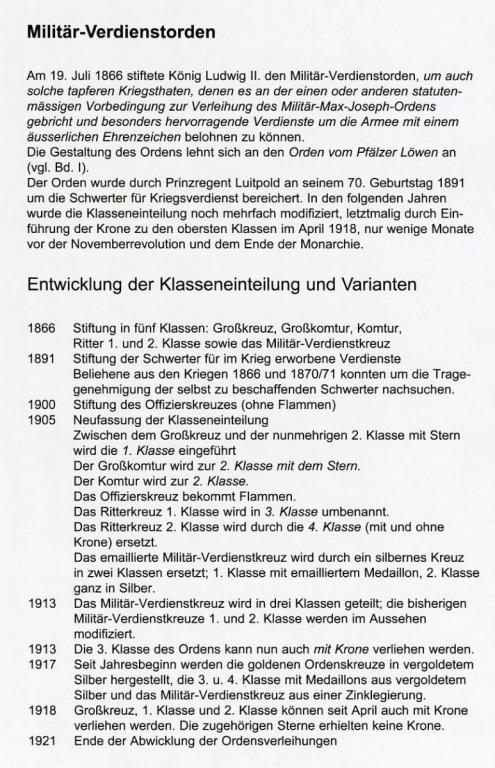
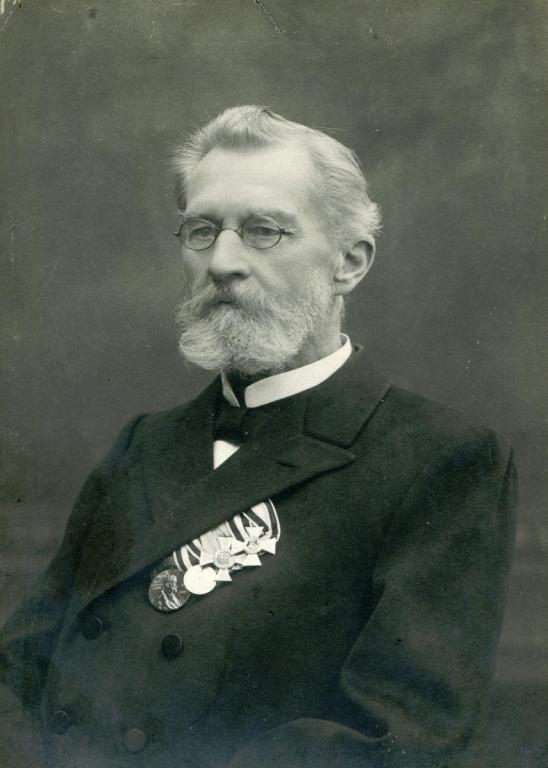
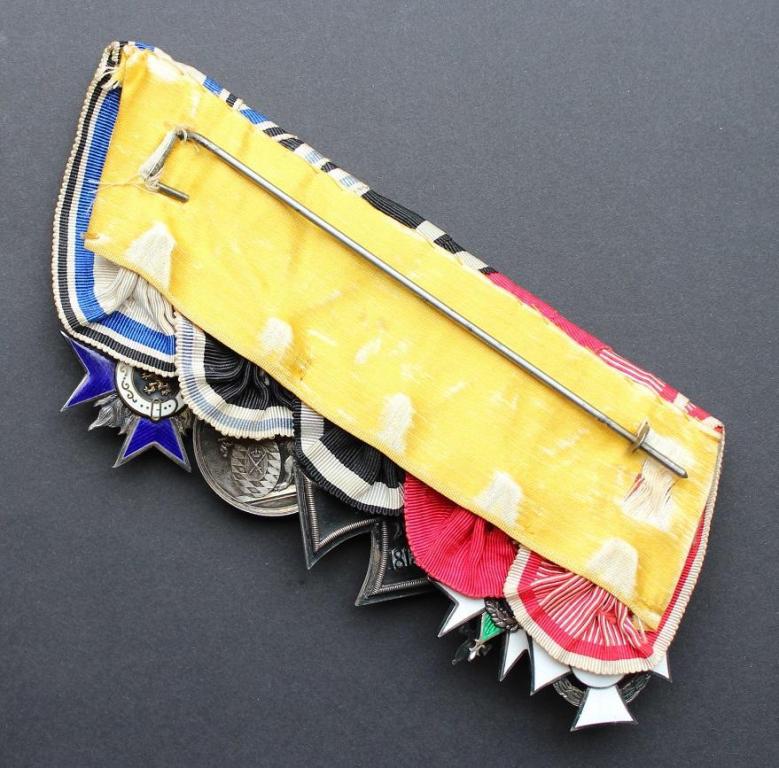
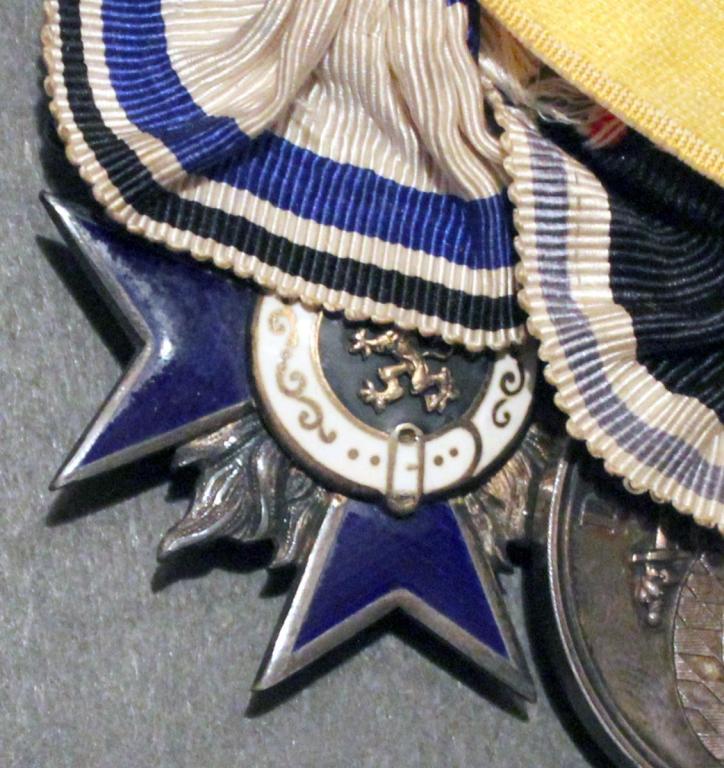

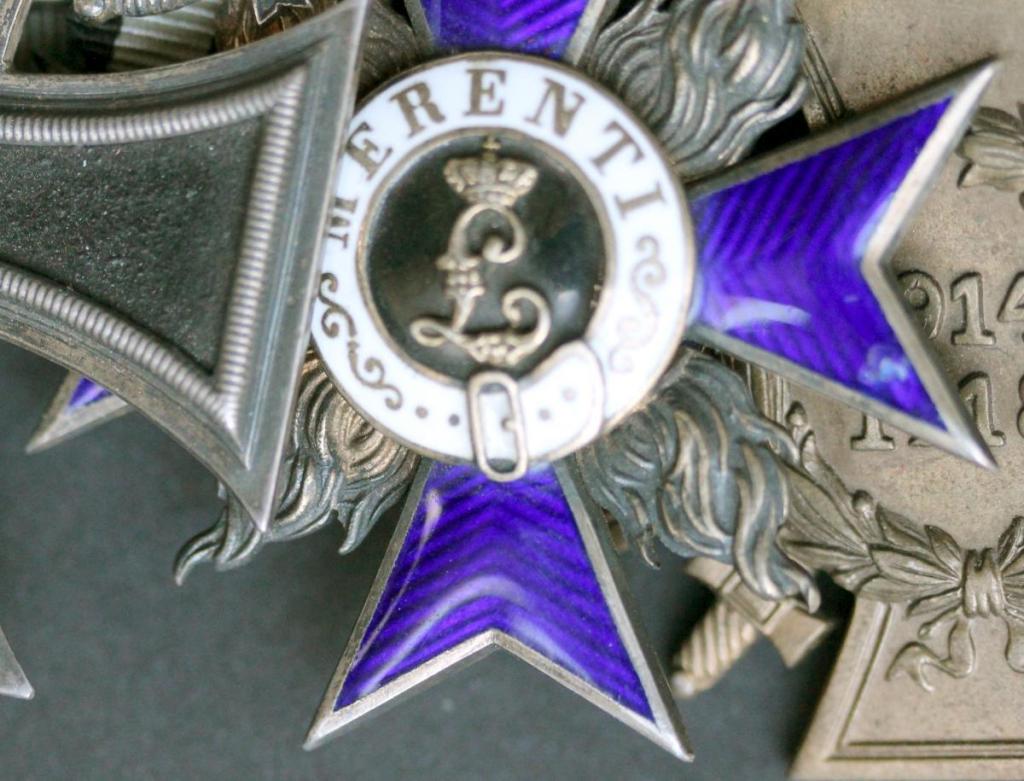
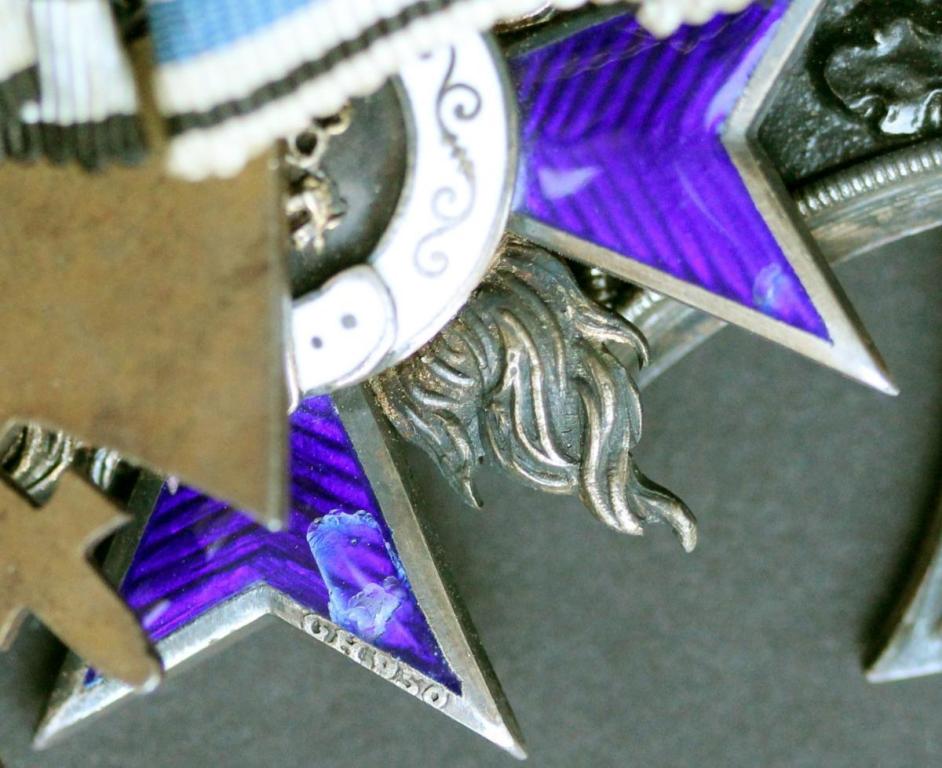
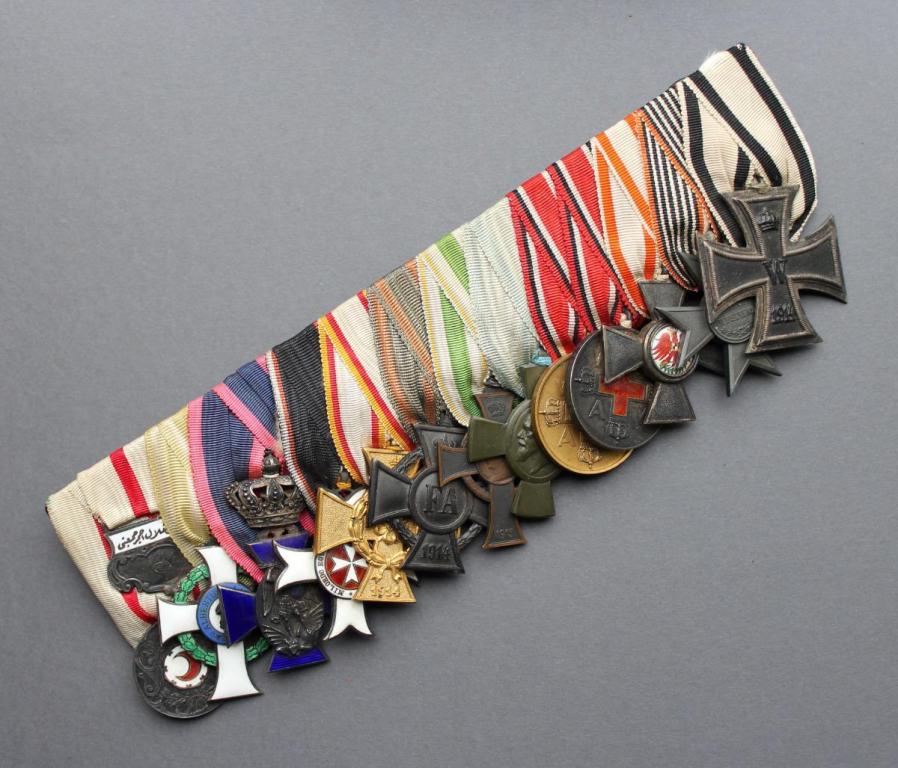

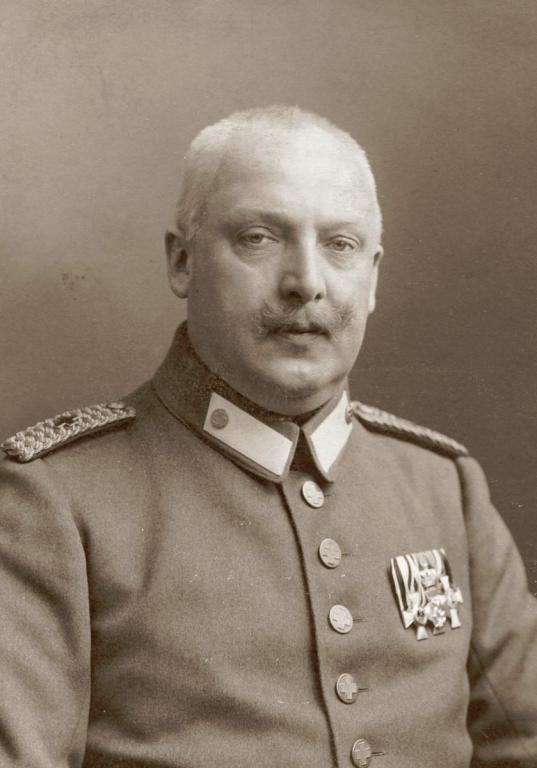
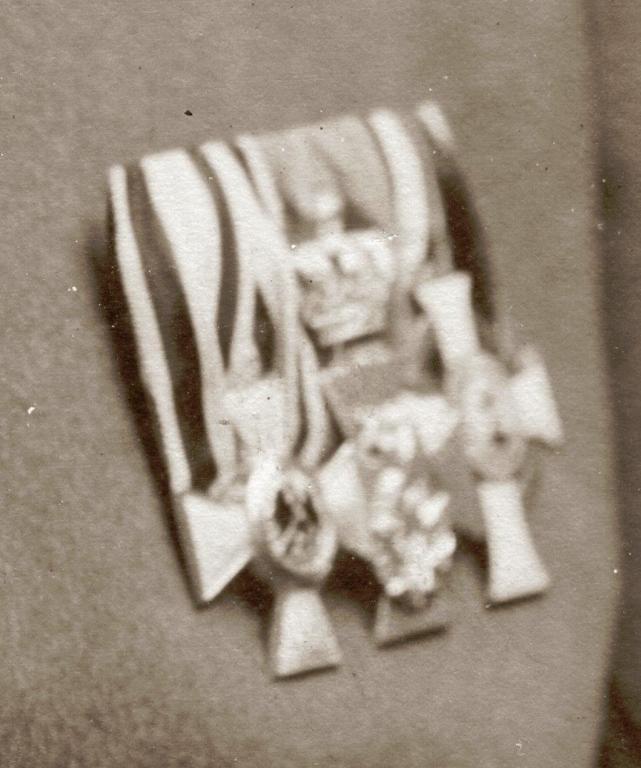

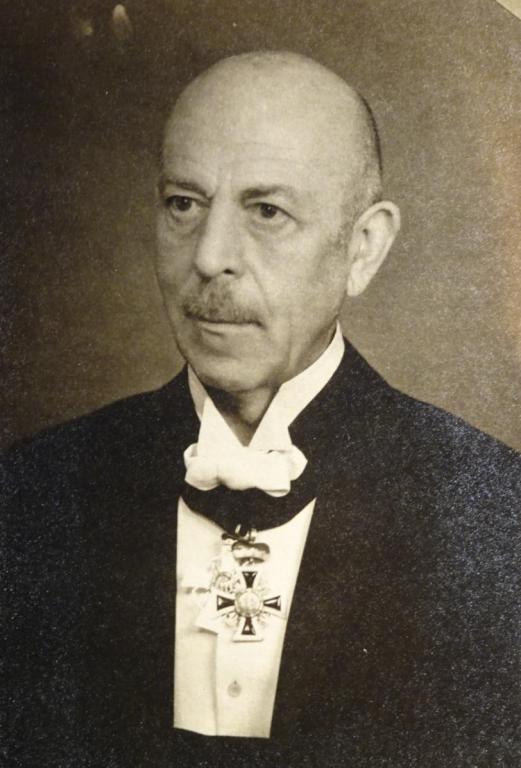
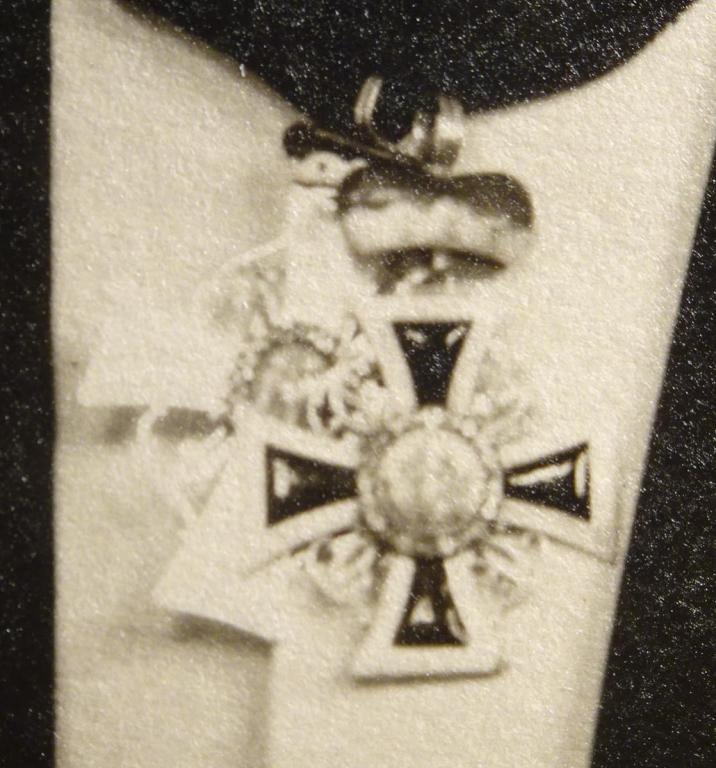

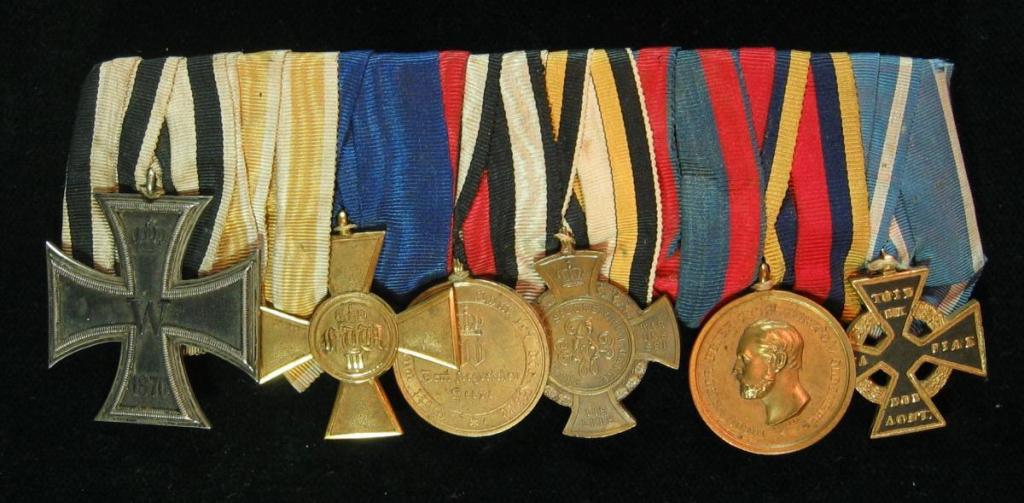
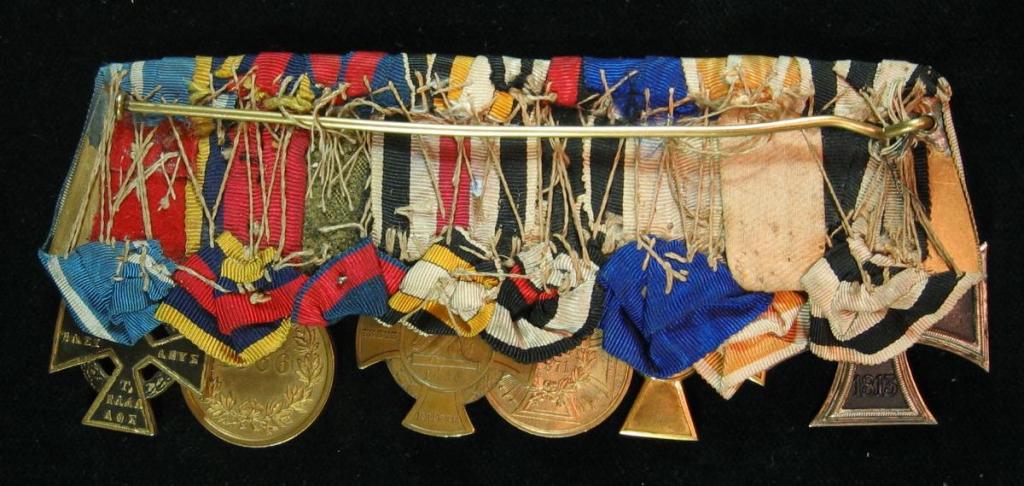

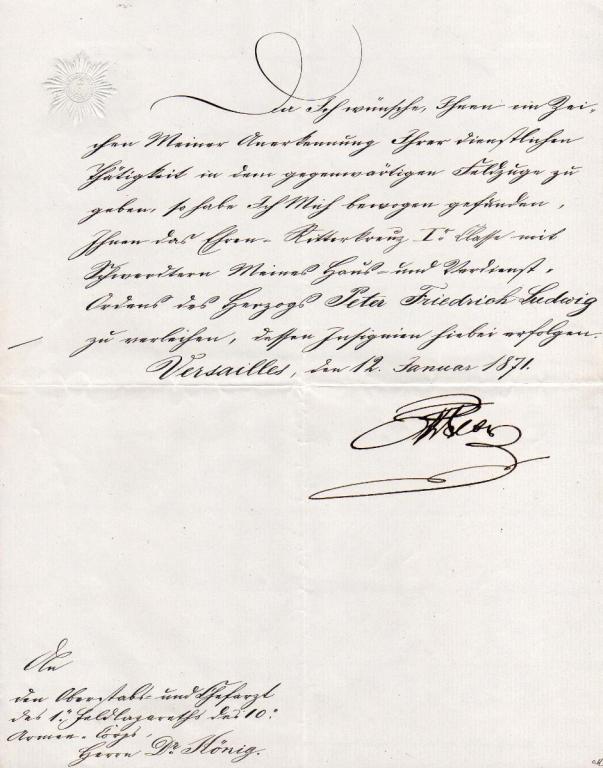
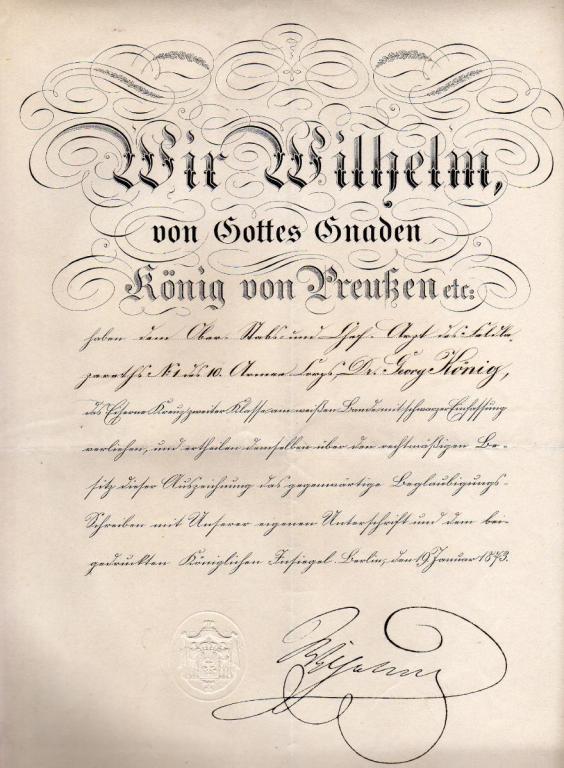
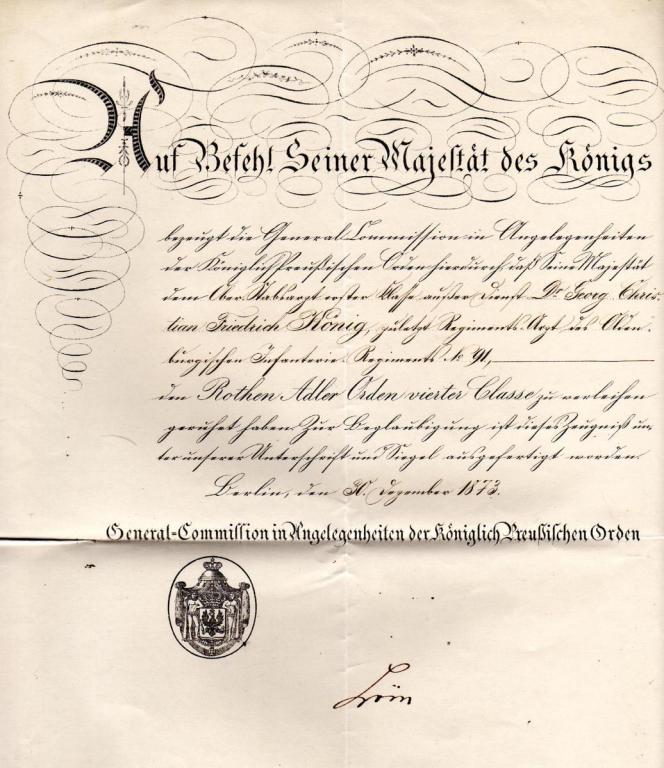
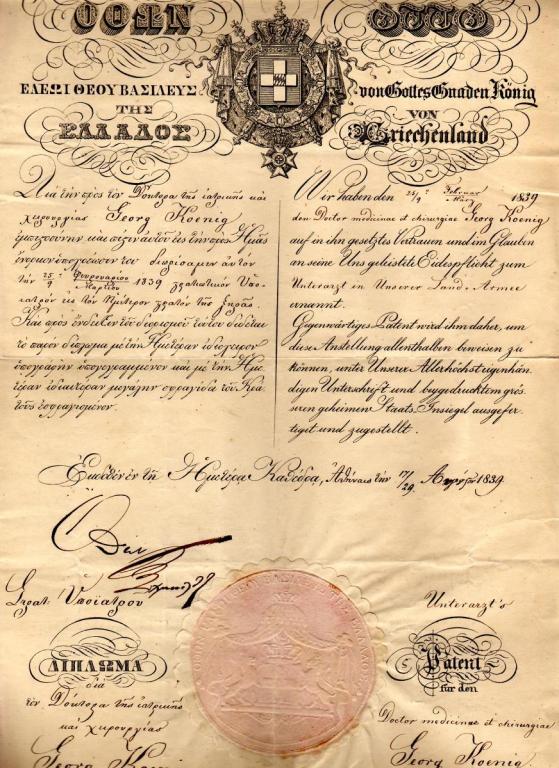
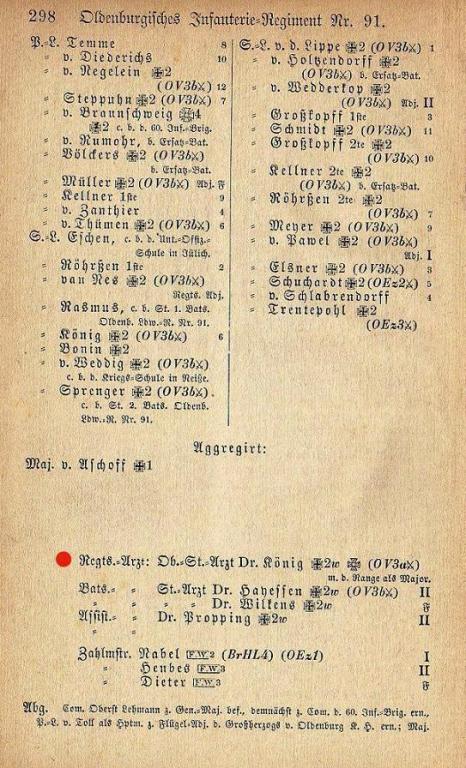
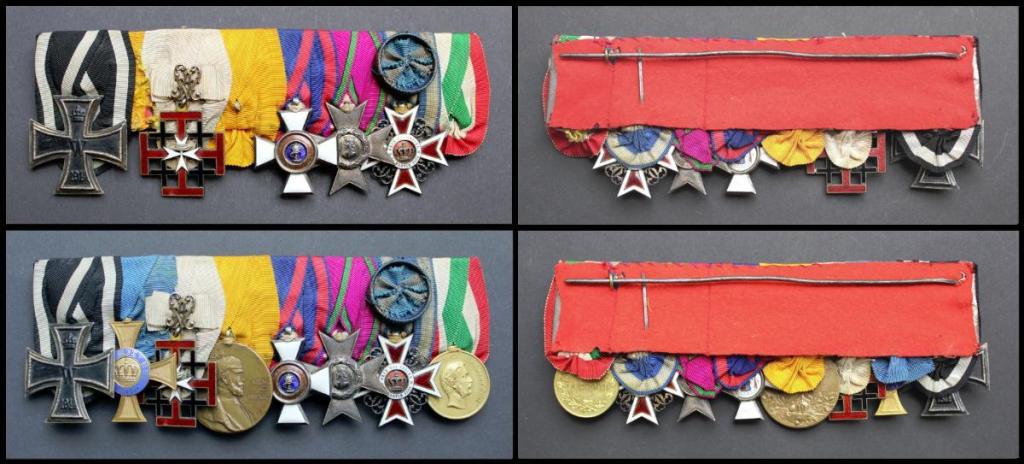
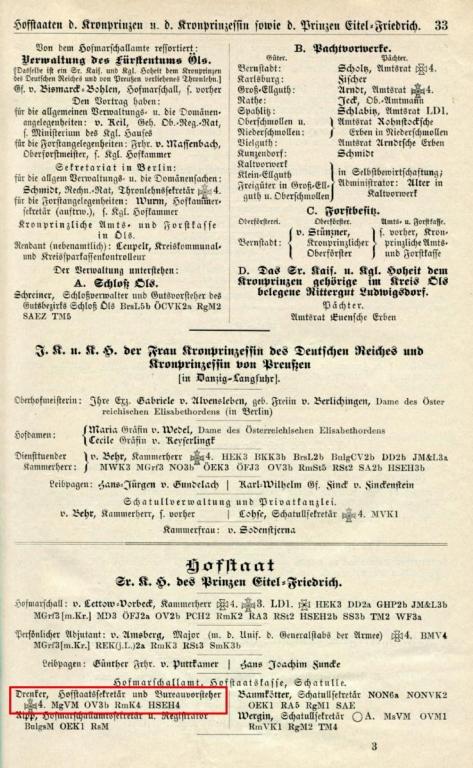
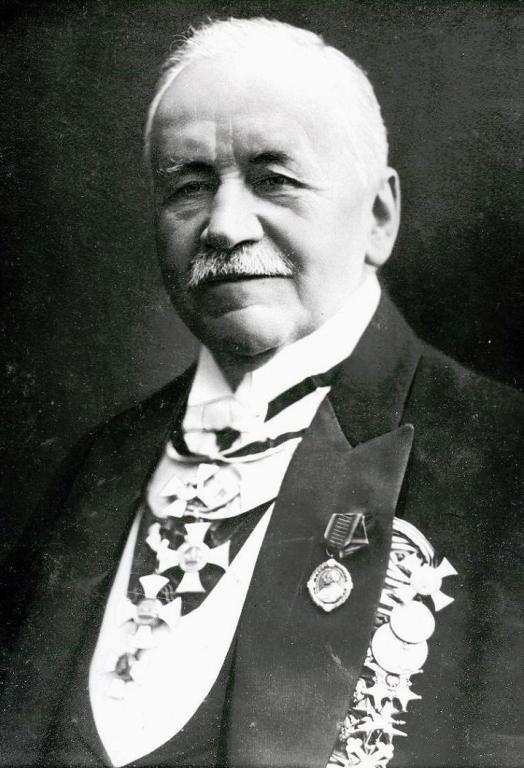
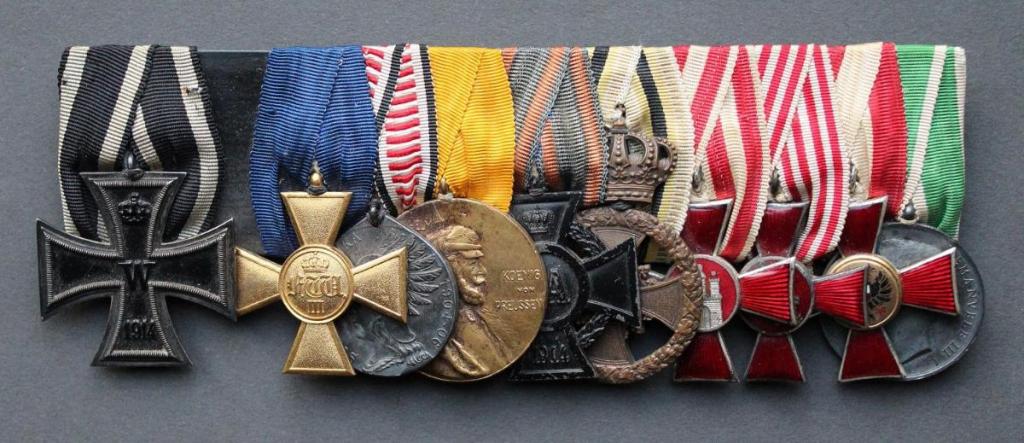
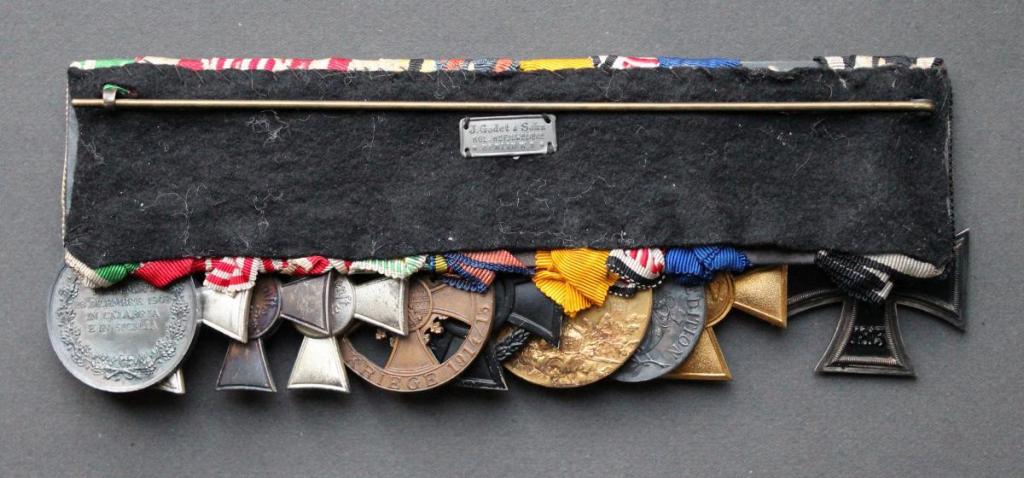
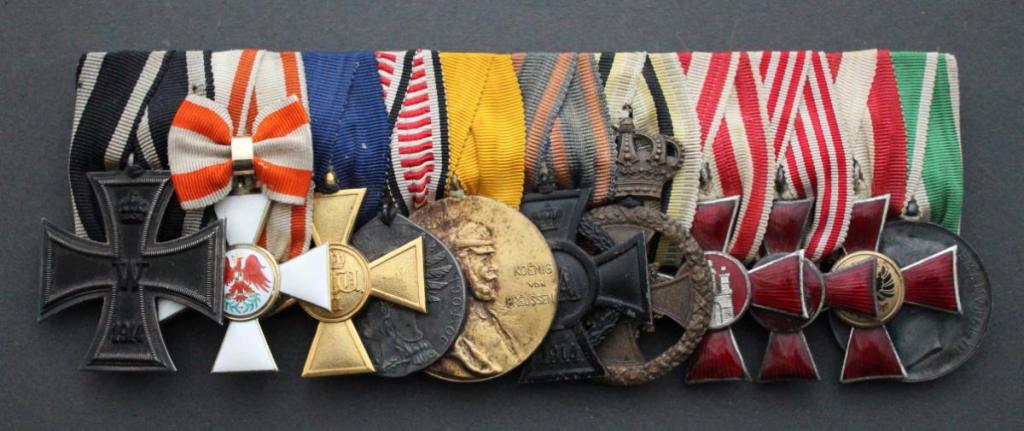
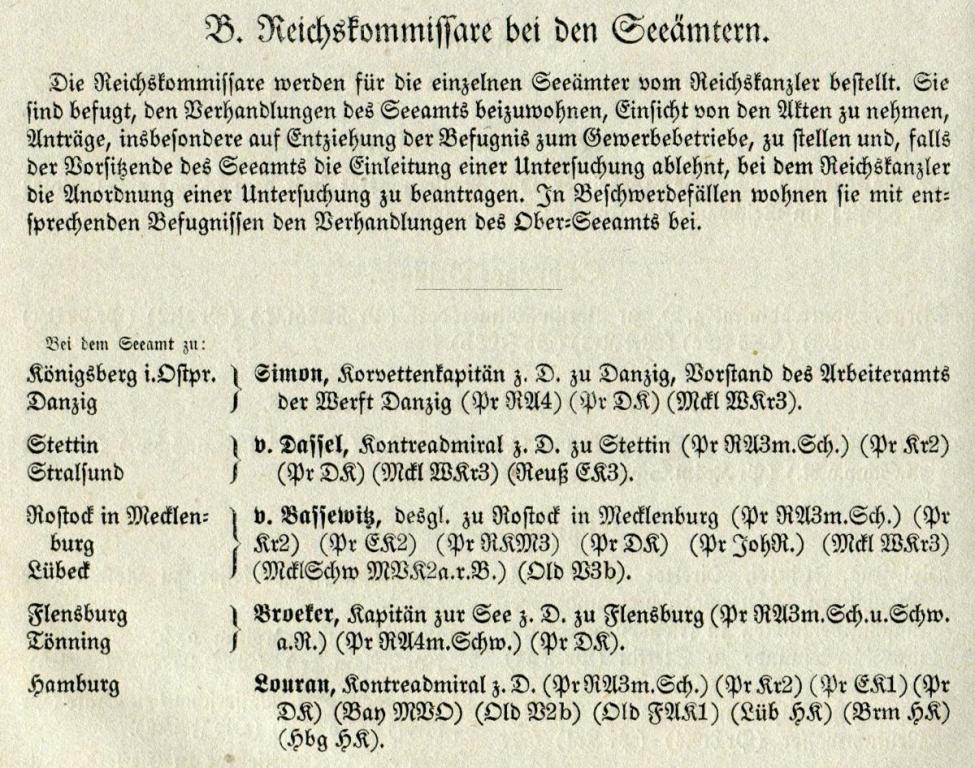
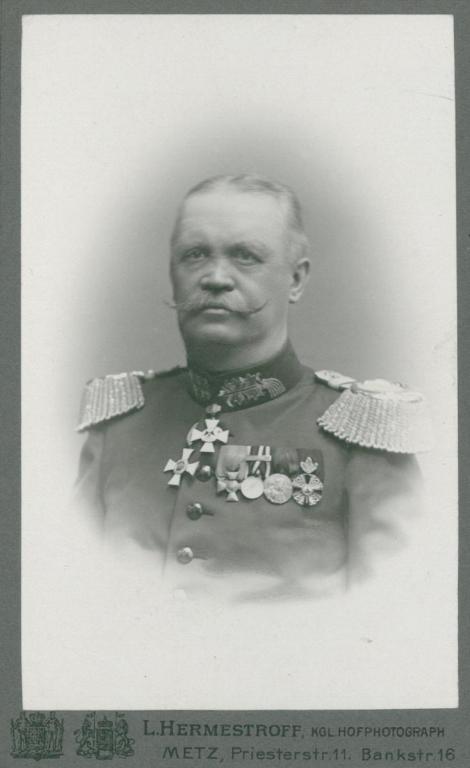
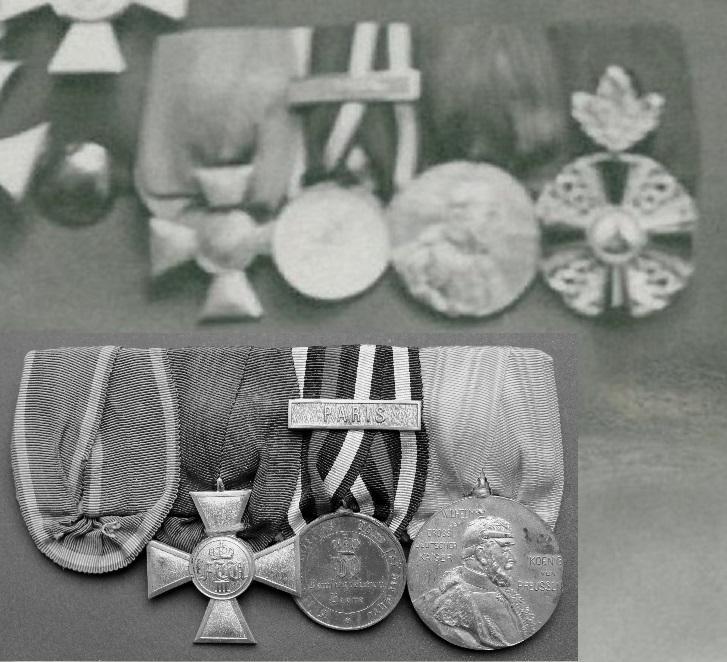

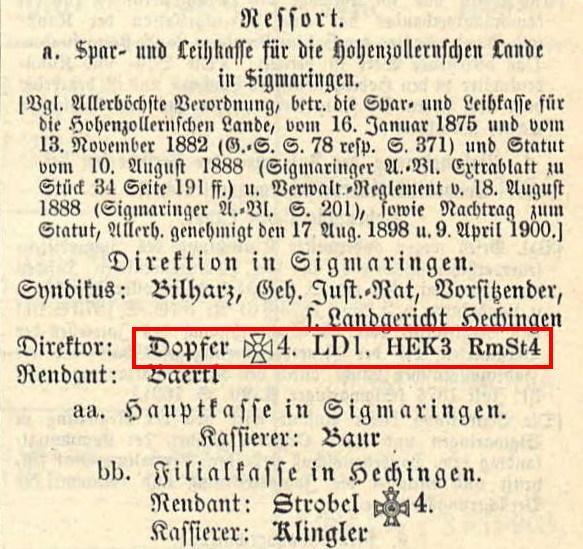

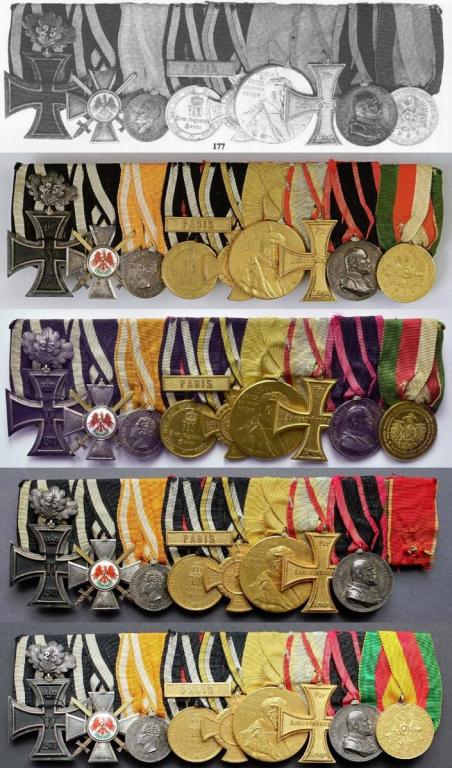
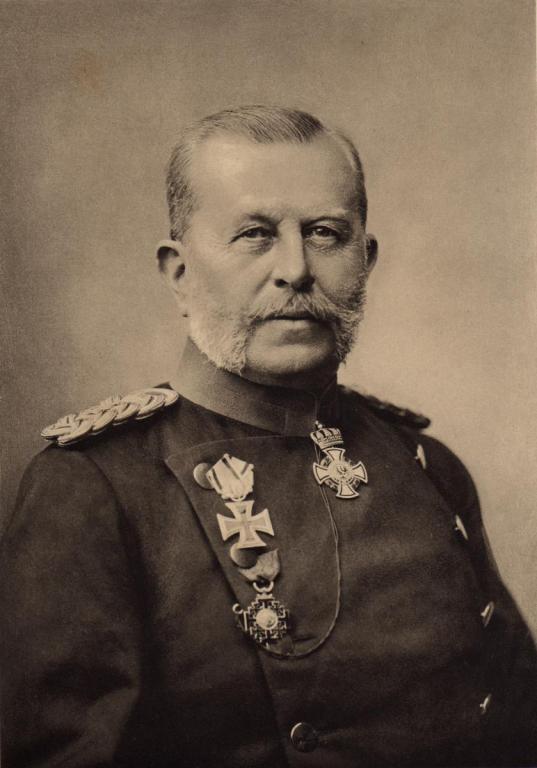
Officers with Order Pour le Merite
in Germany: Imperial: The Orders, Decorations and Medals of The Imperial German States
Posted
Graf Konrad Finck von Finckenstein